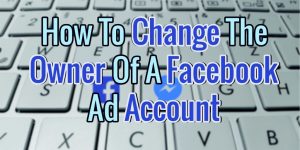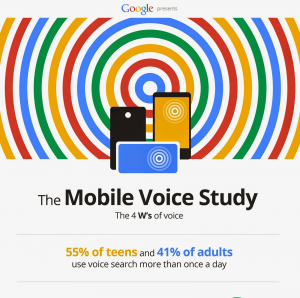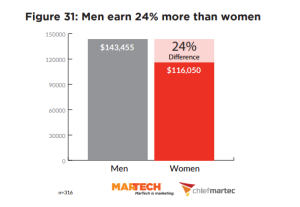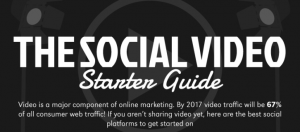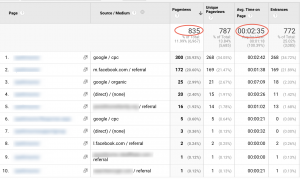The Dirty Reality About Facebook for the Typical SMB

Back in 2007 when Facebook (FB) first started gaining traction with the mainstream America, there were “Fan” pages. Most users interacted using their personal profiles without any thought of business.
However, as users (and FB) matured, more businesses realized they needed to use the largest social media platform to connect with their customers.
Fan Pages became Business Pages. Businesses started tracking how many people saw and engaged with their posts. Advertising became possible and Eureka! Facebook discovered their cash cow.
Facebook Business Pages Then Vs. Now
Initially, if people “liked” your page, your posts would show up in their feeds. Next, if they interacted with your posts, they’d see more of your posts. (That’s a simplification of the algorithm).
Now, a person may “like” your page and they may never see anything you post again.
That’s the harsh truth for a lot of small businesses.You may be creating fun and interesting posts and posting 5x a week and yet, only 6 or 12 of your 200-300 “likes” will see your post.
You can pay a few bucks to promote your post so more of your “likes” see it. That’s perfectly valid and if you do this strategically, you can piggyback off one boosted post for more visibility for the next one or two posts.
If you’ve already built up a strong FB presence (at least 500 “likes), you’ll grow those “likes” with as little as a $ 50-$ 100 a month ad spend. Better yet, you can use tools like Heyo.com to build your email list via Facebook.
If you’re just getting started, it’s going to take a bigger strategy.
Social is the New PR
Besides simple post promoting, you can also increase your visibility by making friends of other businesses.
If you’re a bricks and mortar business like a florist and haven’t already “liked” every area business, what are you waiting for? Use the principles of good old-fashioned networking to increase your reach. (Do your remember when social media was called “social networking”)?
For example, the florist is a member of the Chamber of Commerce and her business is located a block off Main Street. That florist would do well to “like” every business Facebook Page owned by her neighbor businesses and other Chamber members. She can sit down with the Chamber directory and go through each of the businesses using the Facebook search function. She’ll find out who’s using Facebook and who isn’t and can make notes about strategic partners.

Parameters for Strategic Partners
1– They must be active users of FB for business. By that I mean they regularly post interesting content a few times a week.
2–They’d make a good referral partner. For example, the florist would especially pay attention to area event planners, bakeries, caterers, photographers, rental spaces and so on. But she’ll won’t ignore the boutique next door and the dentist down the street.
Once you’ve identified 10-15 strategic partners who use Facebook well and “liked” their pages, you’ll can send them a note inviting them to like your page. After that, you want to “like”, share and comment on their posts as appropriate.
This is where networking comes in.
You’re helping others gain a little visibility and get some much wanted interaction on their posts.
They’ll take notice and return the favor. If you go to the ice cream shop down the street, you can take a picture and say something great about the ice cream shop. Be sure to “tag” them in the post.
No, ice cream doesn’t have a direct connection with selling flowers and that’s the point. You’re not going to gain lots of new customers by constantly promoting your business. That’s a boring approach and people don’t come to FB to be bored. They come to be entertained and feel connected to others.
Instead, you’re building a community. Hence the connection.
If you’re a small shop, one or three people, you can expect to spend 8-12 hours a week on Facebook networking and creating content (pictures/videos, status updates)– especially at the beginning if you’re trying to gain traction.
Some of that same content you’ll be able to repurpose on other platforms, especially photos on Pinterest or Instagram.
But don’t forget to have a plan.
You want to bring people back to your website at some point or to walk in your door. In other words, this needs to translate into the bottom line at some point. Some of your posts should facilitate those goals. It’s OK to occasionally have a “20% offer today only for our Facebook fans”. But if that’s the only kind of posts you make, you’re not going to get the results you want. Facebook won’t even show those posts to your potential clients without you paying to have them seen.
You’ll get the best results by following a solid plan and taking the actions necessary to get the desired results.If all of this sounds difficult and time-consuming, you can get some professional help to create a strategy and coach you through the implementation.
Going Deeper with Your PR and Marketing
If you want to make social media an important part of your marketing efforts, plan to spend anywhere from $ 500-$ 3000+ a month on tools and advertising. (Staff and content is an additional investment). That’s a realistic approach and it’s far less expensive than traditional advertising.
Some of that money will go to FB advertising and some may go to tools to help you grow your email list. It may also go to renting space on relevant blogs and getting prominent bloggers to write about you.
Mini Case Study:
I blog four times a month for one of my clients. I also manage their FB and Twitter accts. Then, we pay another blogger to host an ad on her well-trafficked blog and blog twice a month about the product on her blog. In a few months of doing this, we’ve tripled traffic to the website which has resulted in increased sales.
Here’s how that can translate for your business.
The $ 1500 that client pays me and the other blogger per month for content creation and promotion wouldn’t get you 5 seconds on national tv. But it does bring thousands of people per month to the website where they can sign up for the newsletter and buy the product.
What does all this mean for you?
You have to ask yourself if you’re committed to investing your resources into the FB machine. It’s going to take time and money to get in front of your audience there. Depending on your resources and business, you may be better off investing your energies into guest blogging for a prominent blog or creating videos for a YouTube channel.
What you do need is a plan.
A plan that clearly outlines who your customers are, where they are online, what resources (time, skill, budget) you’re able to commit for the next 3-6 months, an idea of who your strategic partners are or could be, whether or not FB is where you’ll focus your energies, what types of content you’ll create, etc.
Chances are, you don’t know all that. If you did, you’d be a social media professional and a strategic marketer instead of a florist, spa owner, attorney, etc.
Hiring a social media marketing professional to help you (even for just a couple of hours) can help you shave months or years off your learning curve. Do you need help getting your social media on track?
Jen grew up with her bag packed, always ready for the next adventure. These days she spends most of her time writing web content for clients across a variety of industries including travel and training on SEO and social media. Download your copy of 21 Days to a Rockin’ Social Media presence at www.jenphillipsapril.com
Business & Finance Articles on Business 2 Community
(354)
Report Post
